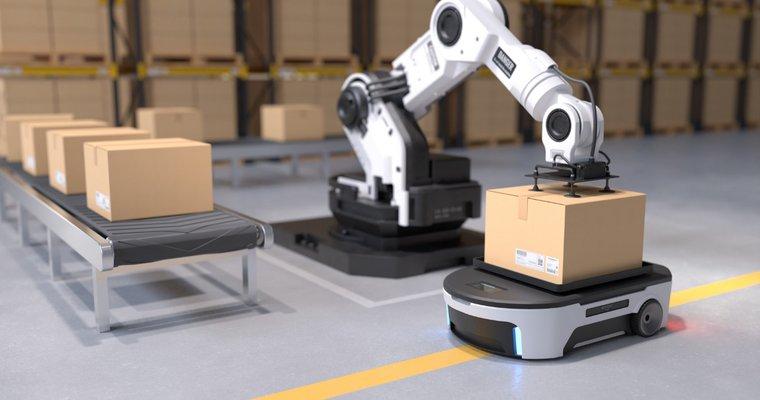A tweet about Amazon’s use of robots in the workplace is making waves. The tweet, posted by Sam Korus, contains a graph that shows the relative numbers of robots and human employees at the start of each year between 2013 and 2022.
The graph illustrates a rising trend in the number of humans and robots over time, with a noteworthy increase during the pandemic as individuals spent more time at home buying online. The graph forecasts that in the future, more robots will be employed than humans.
Amazon has become one of the world’s largest private employers in recent years, with a payroll of more than 1.6 million employees as of 2021. That development has not been without cost. Amazon is fighting tooth and nail to prevent US warehouse workers enraged by low wages and constant pressure from joining unions, and Wall Street has criticized the company’s apparent over-hiring. Robot packers, movers, and deliverymen could be a solution to these problems.
Amazon is building a robot army that will soon be able to choose and sort the majority of the 13 million goods it distributes every day. Due to increased demand for expedited delivery, the e-commerce behemoth is searching for ways to reduce package processing time. Currently, around 75% of Amazon orders are touched by some type of automation on their way from the warehouse to the doorstep.
Instead of displacing employees, robots, according to Tye Brady, chief technologist at Amazon Robotics, can make their lives easier. “You can gain enormous productivity if you redefine your relationship with machines,” Amazon claims to have created over a million new jobs related to robots as well as 700 new job categories, including hardware and software engineers as well as maintenance, technician, and operational positions.
Robots have already had a substantial impact on the industry, particularly in manufacturing. They can work around the clock with high precision and speed on repetitive jobs. Companies’ production, efficiency, and cost savings have grown as a result. Furthermore, robots can work in conditions that people may find harmful or challenging, such as severe temperatures or radioactive locations.
Robots will continue to play an important part in a variety of industries in the future. As artificial intelligence and machine learning technologies advance, robots will become increasingly self-sufficient and capable of performing a wider range of activities.

